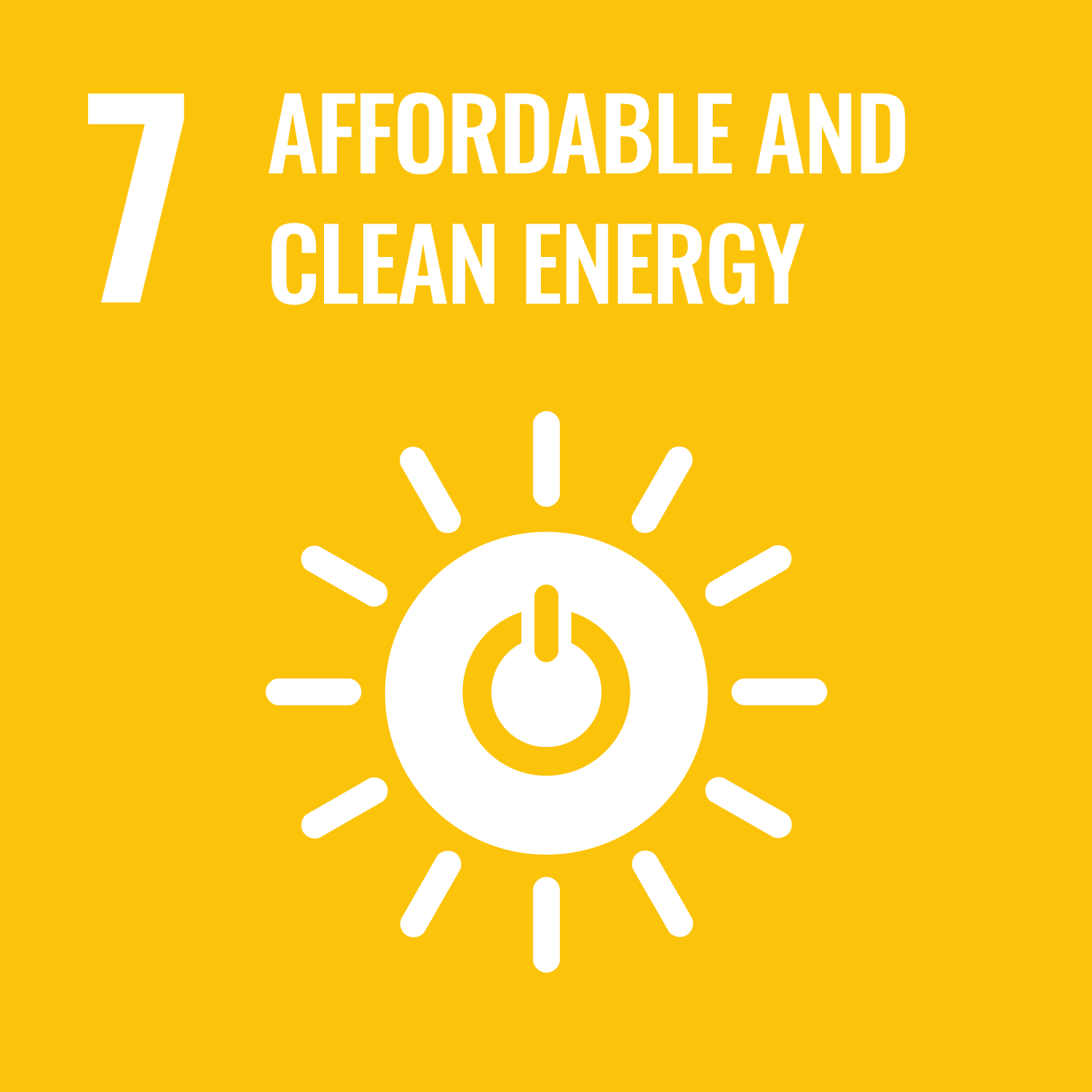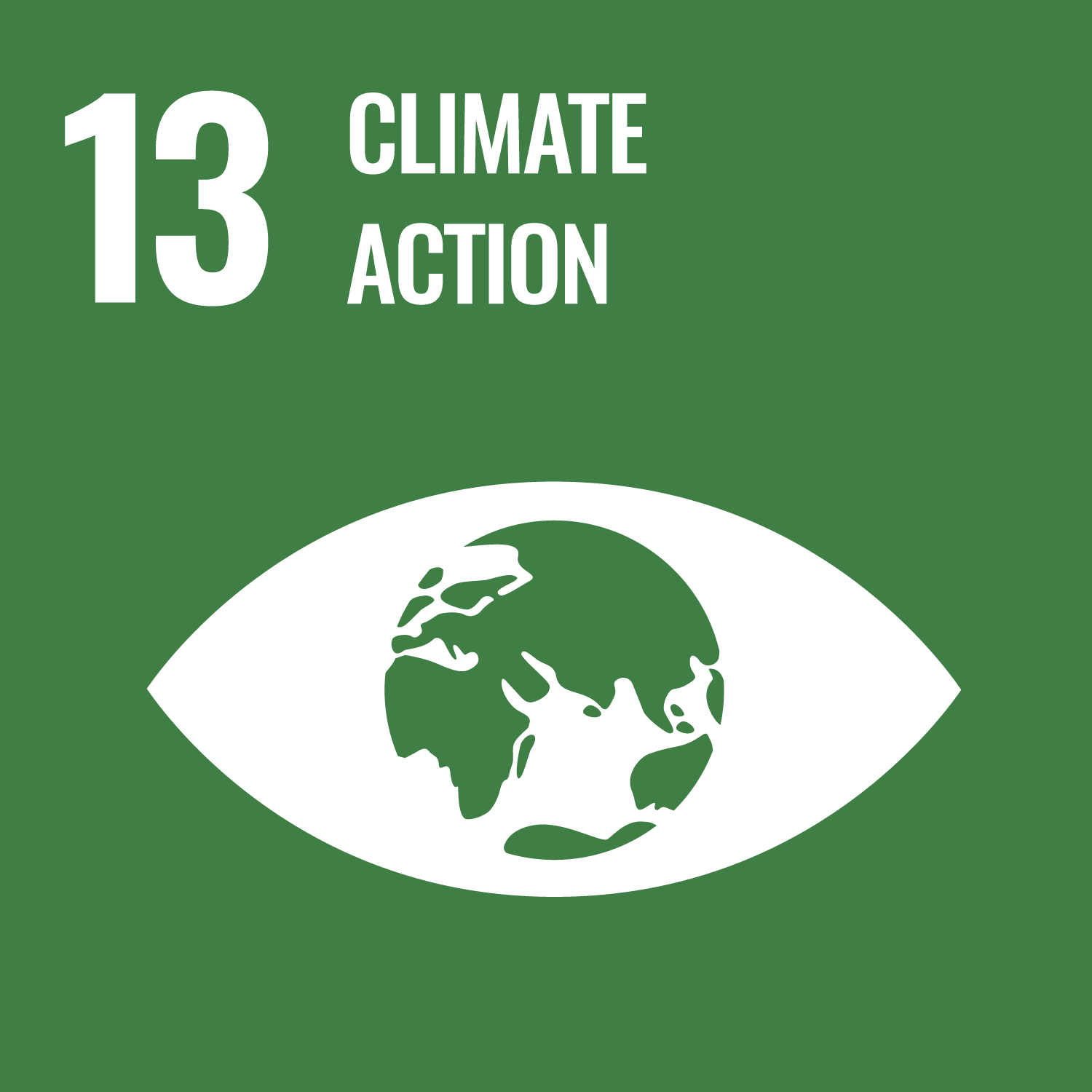This course focuses on the chemistry and physics of engineering materials (metals, alloys, and polymers) from a view point
of mechanical engineering. Emphases are put on atomic or molecular interpretation for physical or mechanical properties,
the relationships between physical and chemical properties and performance of engineering materials. Topics to be covered
include atomic structure and bonding in solid materials, crystalline structures, microstructures of the engineering materials,
and an introduction to X-ray diffractometry that enables us to determine the macroscopic properties of the materials such
as tensile strength.
The students will gain fundamental knowledge on materials characterization using X-ray (X-ray diffraction and chemical analyses)
and related crystal structures, and acquire how the microscopic crystal structures strongly affect the macroscopic physical
and mechanical properties of the solid materials.
- The students will be able to understand what X-ray is and how to produce X-ray.
- The students will be able to understand classification of crystal structures that affects physical properties of solid materials.
- The students will be able to understand microscopic mechanism of deformation of solid materials and atomic defects.
- The students will be able to estimate strengths and densities of some simple elements theoretically.
- The student will be able to determine some simple crystal structure by means of X-ray diffraction technique.
| Class schedule | HW assignments (Including preparation and review of the class.) | Amount of Time Required | |
|---|---|---|---|
| 1. | Orientation Get-to-know each other, self-introduction Explanation of the course and students tasks in the class Defects in crystal structures and strength of solid materials (overview I) |
check the syllabus carefully | 60minutes |
| 2. | Overview II Solid state materials, crystal, quasicrystal and amorphous |
Read handouts to be distributed at the previous class. Special instruction will be also pointed out at the calss. | 120minutes |
| 3. | Presentation from students on their research works to be connected with this course (mixer among students) Atom, Introduction to quantum mechanics several quantum states for electrons in atom |
Preparation for the presentation | 100minutes |
| Read handouts to be distributed at the previous class. Special instruction will be also pointed out at the class. | 100minutes | ||
| self-calculation for quantum states | 100minutes | ||
| 4. | Electron configuration Continuous and characteristic X-rays, and chemical analyses for solid materials Investigation of a real X-ray tube |
Read handouts to be distributed at the previous class. Special instruction will be also pointed out at the calss. | 120minutes |
| Summarize a report after group investigation of a real X-ray tube at the class (how X-ray tube works). | 120minutes | ||
| 5. | Presentation from students on X-ray tube Crystal and amorphous and unit of crystal Symmetry in crystals, Bravais Lattice |
Read handouts to be distributed at the previous class. Special instruction will be also pointed out at the calss. | 60minutes |
| Preparation for presentation | 60minutes | ||
| 6. | Bonding in solid materials (metallic, covalent and ionic bonding) Theoretical strength |
Read handouts to be distributed at the previous class. Special instruction will be also pointed out at the calss. | 120minutes |
| Work for assignment on theoretical determination of strengths and densities | 360minutes | ||
| 7. | Presentation by students on theoretical strength of elements Fundamental crystallography Plane and direction in crystal structures |
Read handouts to be distributed at the previous class. Special instruction will be also pointed out at the calss. | 60minutes |
| Preparation for the presentation | 60minutes | ||
| 8. | Interstitial sites in crystals Allotropy or polymorphism |
Read handouts to be distributed at the previous class. Special instruction will be also pointed out at the calss. | 120minutes |
| 9. | Presentation from students on Bravais Lattice Plastic deformations of polycrystals and single crystals Slip systems |
Read handouts to be distributed at the previous class. Special instruction will be also pointed out at the calss. | 120minutes |
| 10. | Mechanical tests for single and poly crystalline materials | Read handouts to be distributed at the previous class. Special instruction will be also pointed out at the calss. | 120minutes |
| 11. | Presentation from students on theoretical densities of elements Atomic defects Vacancy, dislocation and stacking fault |
Read handouts to be distributed at the previous class. Special instruction will be also pointed out at the calss. | 120minutes |
| 12. | Physical properties of metallic materials and crystal structures (density, melting temperature and Young's modulus) | Read handouts to be distributed at the previous class. Special instruction will be also pointed out at the class. | 120minutes |
| 13. | Strengthening metallic materials | Read handouts to be distributed at the previous class. Special instruction will be also pointed out at the calss. | 120minutes |
| 14. | Measurements for crystalline materials by X-ray Presentation from students on theoretical X-ray diffraction patterns of elements |
Read handouts to be distributed at the previous class. Special instruction will be also pointed out at the calss. | 120minutes |
| Prepare for final assignment on how to determine crystal structures of some elements by X-ray diffraction technique. | 370minutes | ||
| Total. | - | - | 2650minutes |
| Assignment | Exercise | Presentation | Total. | |
|---|---|---|---|---|
| 1. | 5% | 10% | 15% | |
| 2. | 5% | 10% | 15% | |
| 3. | 5% | 10% | 15% | |
| 4. | 20% | 5% | 25% | |
| 5. | 20% | 0% | 10% | 30% |
| 6. | 0% | 0% | ||
| Total. | 40% | 15% | 45% | - |
Assignments, presentations on some topics regarding materials science and exercise on X-ray diffraction will be evaluated.
Your active participation into the class are very welcome. Students who mark more than 60% will obtain the credit.
Suitable scientific or technological textbook will be used during the course. Some scientific papers will be handed out ocasionaly.
- Thursdays, 16:10-17:10
Send me an email. The address will be informed to the students on Day 1.
- Course that cultivates a basic interpersonal skills
- Course that cultivates a basic problem-solving skills
| Work experience | Work experience and relevance to the course content if applicable |
|---|---|
| N/A | N/A |


- 7.AFFORDABLE AND CLEAN ENERGY
- 13.CLIMATE ACTION
Last modified : Fri Mar 18 23:10:35 JST 2022

